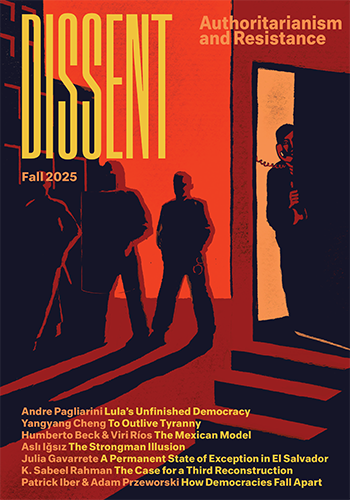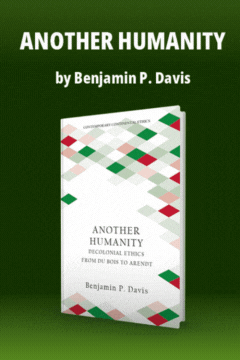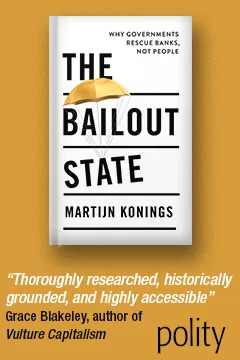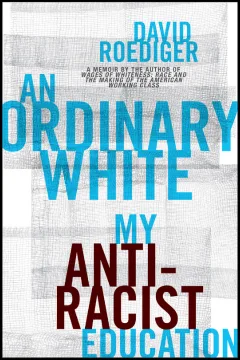The Home and the World: Film Documentaries and Social Crises
The Home and the World: Film Documentaries and Social Crises
Though full-length documentary films go back to the work of Robert Flaherty in the 1920s (Nanook of the North, Man of Aran), they have always been the uncommercial stepchild of movies that tell made-up stories. In their marginal way, documentaries have flourished in times of social crisis, and they enjoyed a special vogue in the 1930s, when independent filmmakers, inspired by politically committed Soviet artists, banded together in such organizations as the Film and Photo League. Prone to advocacy, documentaries have often been criticized for manipulating their material. In Germany, Leni Riefenstahl perfected propaganda into an art form. The U.S. government itself sponsored Pare Lorentz’s Great Depression documentaries, The Plow That Broke the Plains and The River, as well as Frank Capra’s morale-building “Why We Fight” series during World War II. Documentary films all but disappeared from theaters after 1945. But their aura of authenticity influenced narrative films, including depression movies like The Grapes of Wrath; postwar films noirs in the United States, and neorealist films in Italy; politically engaged films about the 1960s like Robert Kramer’s Ice and Haskell Wexler’s Medium Cool; and docudramas about real events-half history, half thriller-such as Gillo Pontecorvo’s The Battle of Algiers and Costa-Gavras’s Z, State of Siege, and Missing. But the only documentaries released commercially were National Geographic-style travel movies in new formats like Cinerama along with family fare about nature and animals directed at children, a specialty of Disney.
As television grew more sophisticated, it began, timidly at first, to pursue public issues behind the news headlines. The work of Edward R. Murrow and his CBS producer, Fred Friendly-their measured but brave exposé of McCarthy, for example-initially had no successors, especially at the networks. But the turmoil of the 1960s created a new generation of cinéma vérité artists who used lighter, more mobile equipment, beginning with Frederick Wiseman, who immersed himself in social institutions such as an asylum for the “criminally insane” in Massachusetts and a high school in Philadelphia; D.A. Pennebaker, who pioneered rock concert movies such as Don’t Look Back (on Bob Dylan) and Monterey Pop; and Albert and David Maysles, who made Salesman and Grey Gardens as well as the darkest of rock movies, Gimme Shelter, about a Rolling Stones concert at Altamont where a fan was knifed to death. The decade culminated in one very long documentary, Woodstock, in which the music, the counterculture, and the promotional hype converged, a film that gave a whole generation the vicarious feeling of having been there.
But the real story of documentary filmmaking picked up a year o...
Subscribe now to read the full article
Online OnlyFor just $19.95 a year, get access to new issues and decades' worth of archives on our site.
|
Print + OnlineFor $35 a year, get new issues delivered to your door and access to our full online archives.
|






